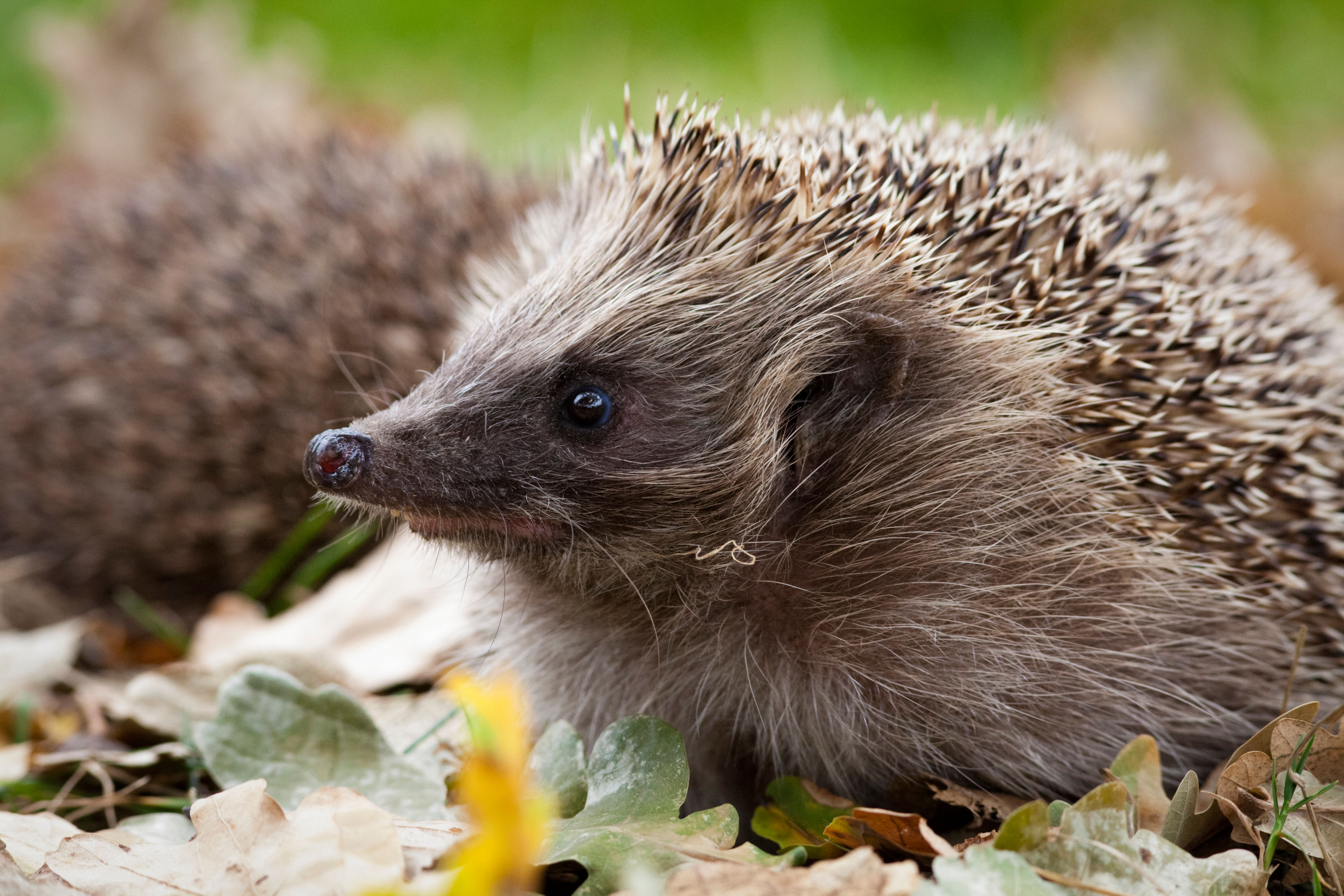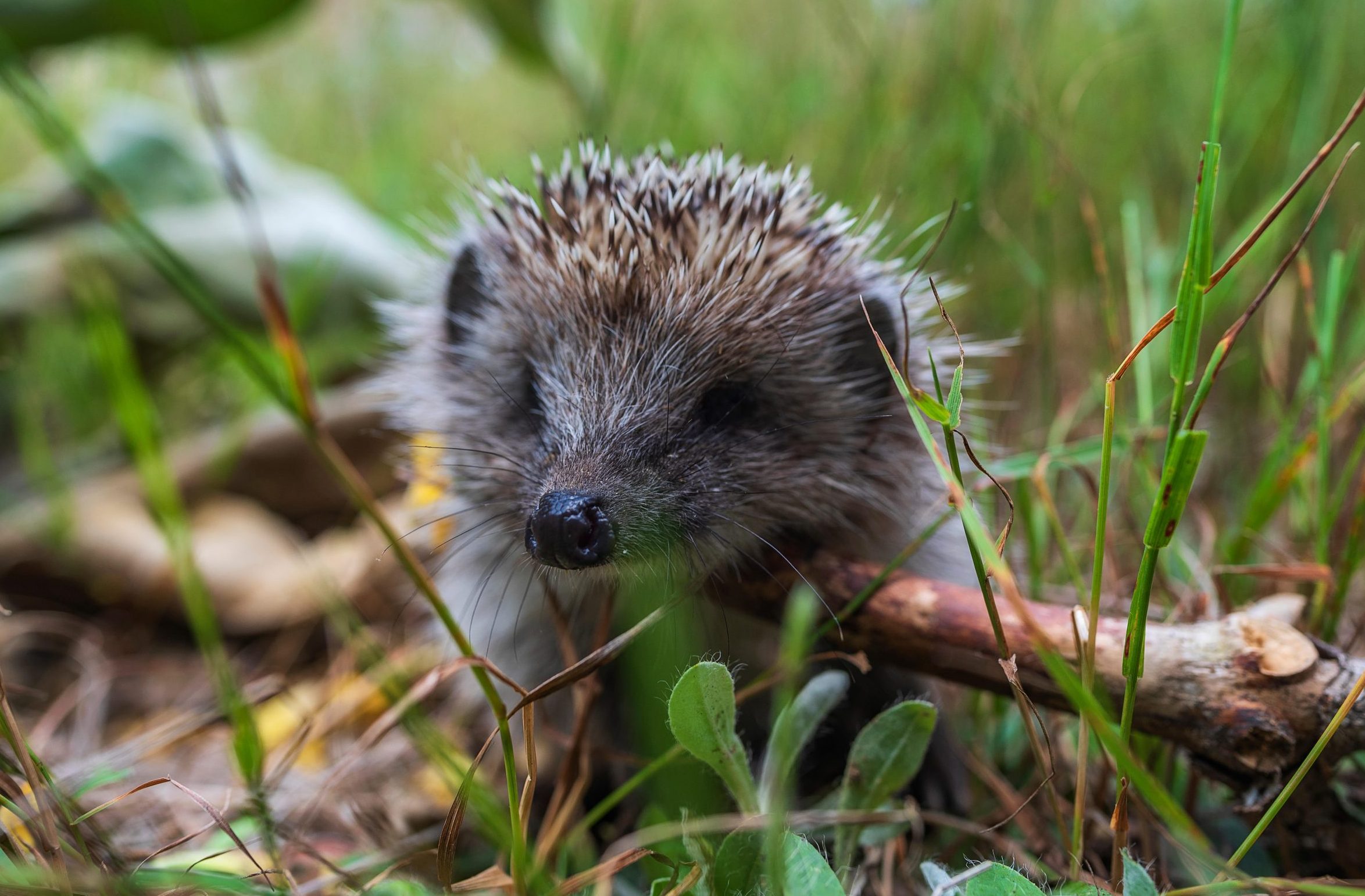Hope for hedgehogs as new research looks to revolutionise robotic lawnmowers
Scientists at the University of Oxford have developed a tool that could prevent hedgehogs from being mangled by robotic lawnmowers.


Hedgehogs have had a tough time of it recently. Humanity has spent the past 100 years building all over the landscape, ripping up their habitats and then, for good measure, running them over or letting our dogs and cats eat them. If that wasn’t enough, due to our obsession with having perfectly manicured lawns, we created armies of robotic mowers that wander around at night and blend them into smithereens.
While it is unlikely that people will stop driving, or get rid of their dogs and cats, or fix the natural environment, anytime soon, some good news — a new test has been created by researchers at Oxford University that should at least provide some respite from the robotic lawnmowers.
Led by Dr Sophie Lund Rasmussen, otherwise apparently known as ‘Dr Hedgehog’, the university has devised a test using a ‘crash test dummy’ hedgehog to find out whether a robotic lawnmower would be able to avoid a real hedgehog and, if not, to find out how much damage it would cause in a collision.
‘There is an urgent need to identify and phase out models of robotic lawnmowers that pose a threat to hedgehogs,’ said Dr Rasmussen. ‘Our new standardised safety test will greatly aid hedgehog conservation, by enabling manufacturers of robotic lawnmowers to ensure their models are “hedgehog friendly” before they are put on the market.’
According to Dr Rasmussen, testing revealed that all robotic lawnmowers ‘had to physically touch the hedgehog in order to detect it’, and that while some only nudged our prickly pals, others ‘ran straight over it with the blades still running, causing extensive damage’.
Having developed the ‘crash test’ hedgehog, which resembles a rubbery spiky sponge, the researchers intend to make the design publicly available for 3D printing, so robotic lawnmower manufacturers can readily access it. The research project was supported by industry partners STIHL and Husqvarna, who intend to use the findings to develop hedgehog friendly machines.
‘A key first step is to improve the sensors, so that they detect the hedgehogs and avoid them,’ adds Dr Rasmussen. ‘Developing additional technologies such as camera recognition could eventually allow the robotic lawn mowers to detect hedgehogs at a distance and change direction before they get close. It is also important that the blades of the mowers are pivoting, so that they fold away under a protective surface when hitting something harder than grass.’
Exquisite houses, the beauty of Nature, and how to get the most from your life, straight to your inbox.
In the meantime, you can protect hedgehogs from the horrors of the robotic lawnmowers by checking the lawn for any specimens before beginning a cut, and also only running the mowers during daylight hours, as hedgehogs are largely nocturnal.

Country Life Today: Good news for the urban hedgehog and how you can help the species
In today's round-up we bring you research on hedgehogs from Reading University, a boost for the UK's oldest working suspension

Credit: Getty
Hedgehogs in peril: Time to do your bit to help save Mrs Tiggywinkle
It's time to do your bit to check up on Britain's declining hedgehog population, as Annunicata Elwes reports.

How to re-wild your garden, from ponds and trees to attracting butterflies and hedgehogs
Joel Aston — one half of the 'butterfly brothers', along with his sibling Jim — explains how rewilding gardens to attract

The Country Life Podcast
Listen to all the episodes of the Country Life Podcast.

James Fisher is the Digital Commissioning Editor of Country Life. He writes about motoring, travel and things that upset him. He lives in London. He wants to publish good stories, so you should email him.